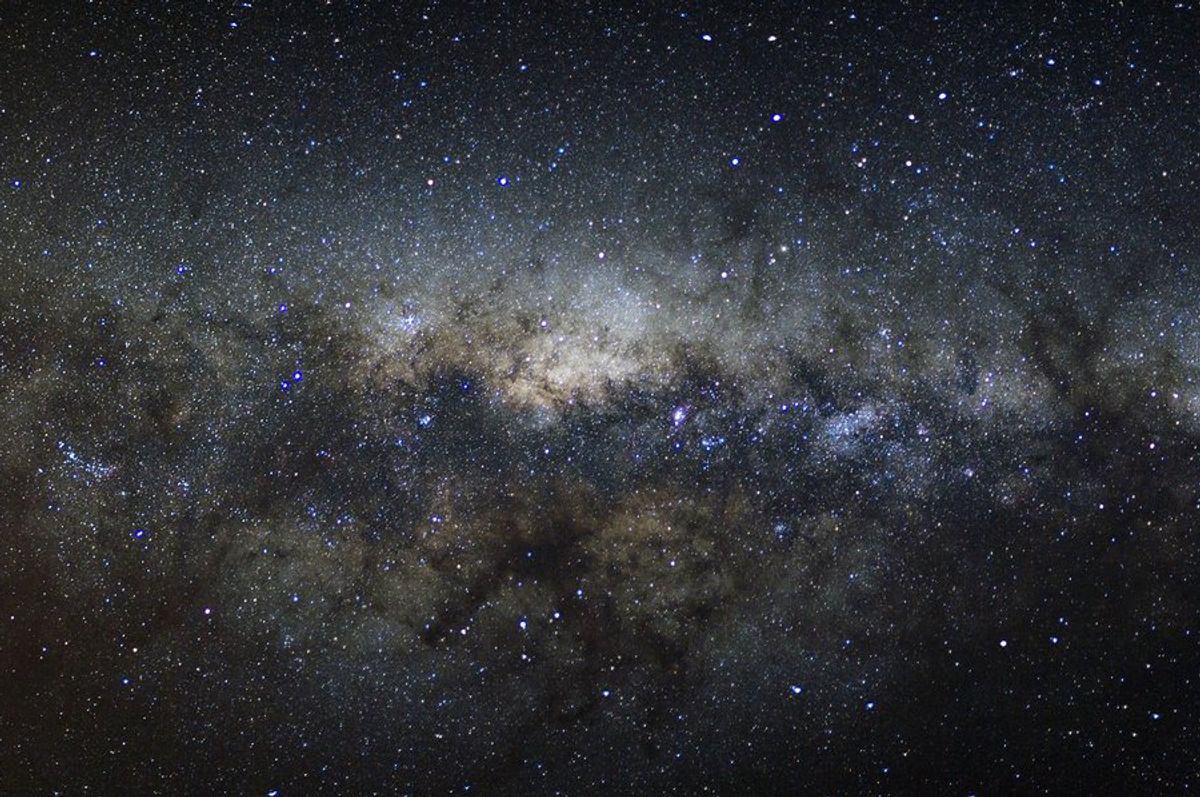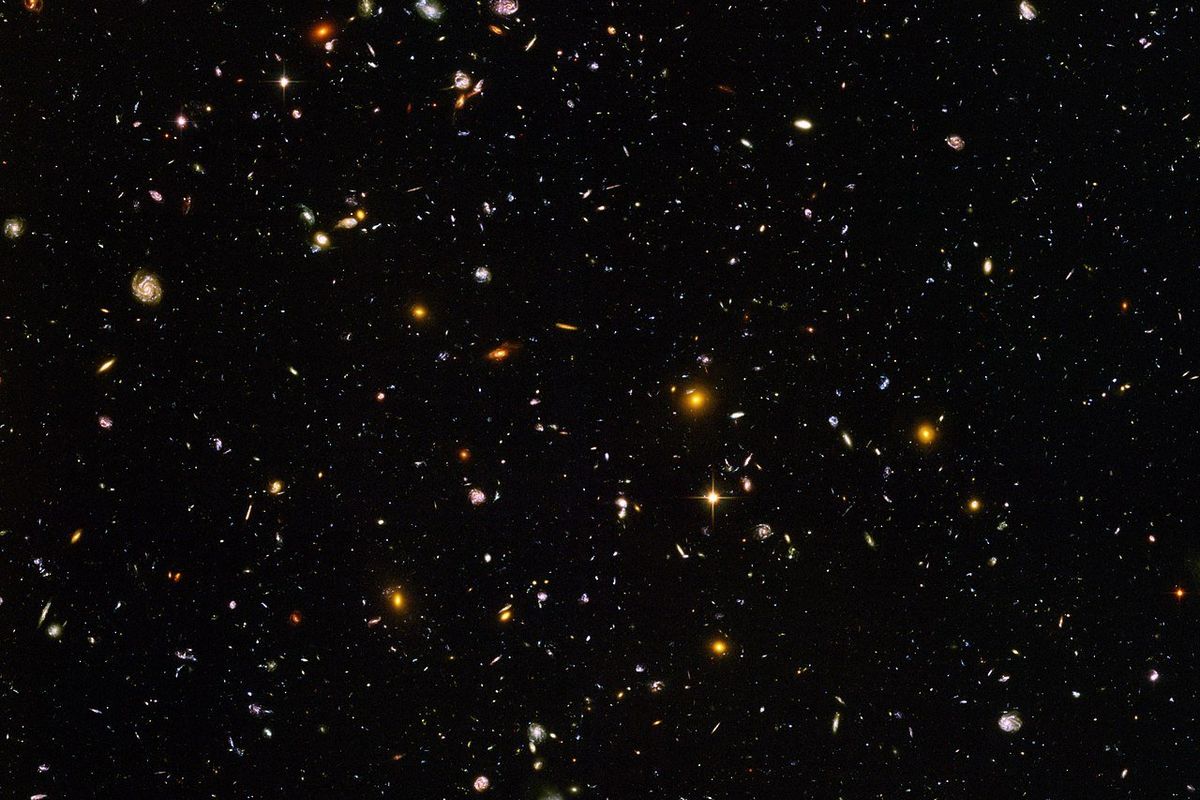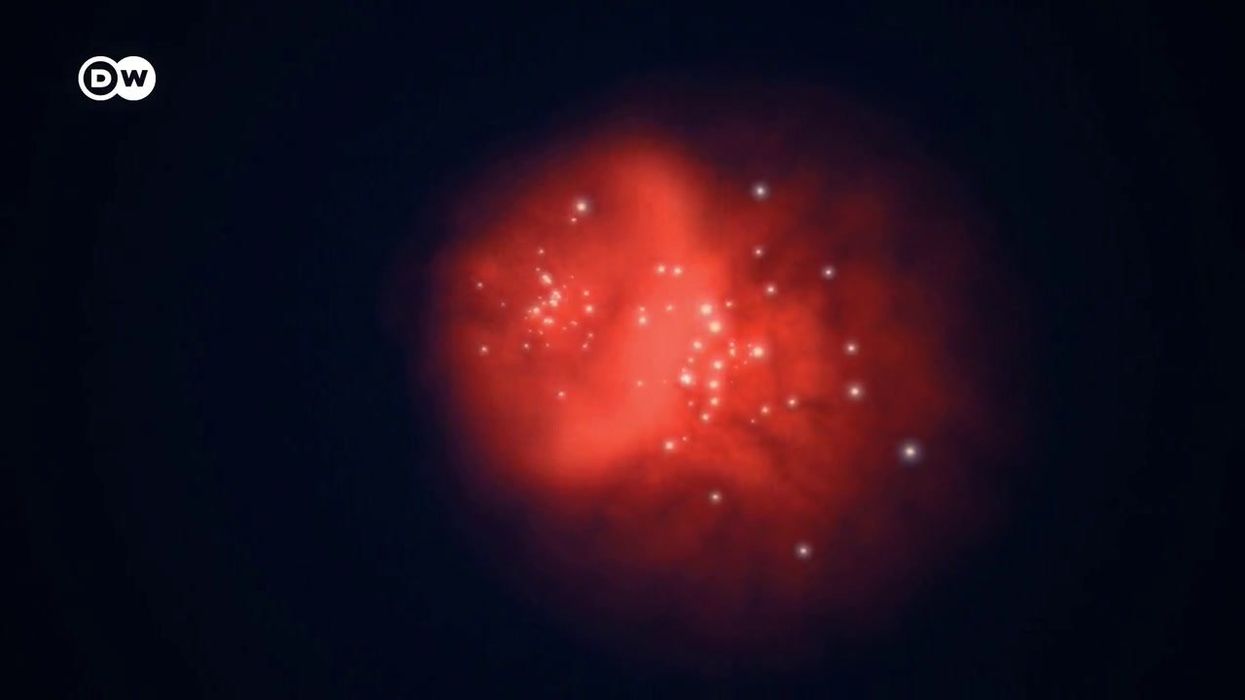Harriet Brewis
Mar 18, 2024
ESA sets sights on dark matter, dark energy
DW - Premium News English / VideoElephant
We’ve long been told that mysterious dark matter makes up the bulk of our universe.
And yet, a new study suggests that this is not – and, indeed, cannot – be true.
The research, published in The Astrophysical Journal, challenges our current understanding of the cosmos by suggesting there’s simply no room for dark matter.
In simple terms defined by NASA, dark matter describes all “stuff in space that has gravity, but it is invisible and isn’t like anything else we know about”.
Because it doesn’t appear to interact with light or the electromagnetic field, our only means of explaining it has been through its apparent gravitational pull on visible matter, such as stars and planets.
However, recent analysis carried out by physicist Rajendra Gupta, of the University of Ottawa, suggests that not only does dark matter not exist around us, but our universe could be more than 10 billion years older than we’ve come to think.
Gupta claims that sound waves fossilised in the maps of galaxies could be interpreted as signs that the Big Bang took place 13 billion years earlier than current models suggest, as Science Alert notes.
"The study's findings confirm that our previous work about the age of the Universe being 26.7 billion years has allowed us to discover that the Universe does not require dark matter to exist," Gupta said in a statement.
"In standard cosmology, the accelerated expansion of the Universe is said to be caused by dark energy but is in fact due to the weakening forces of nature as it expands, not due to dark energy."

He noted that what were thought to be newly formed galaxies around 13 billion years ago revealed a universe that was surprisingly mature for its alleged age.
This suggests that either existing models on the evolution of galaxies and black holes need adjusting, or the universe has, in fact, existed for a lot longer than we think, Science Alert points out.
Gupta used a combination of theories – about how the forces of nature decrease over cosmic time and about light losing energy when it travels a long distance – to draw his conclusion.
One of the theories expanded upon by Gupta, known as the “tired light” (TL) hypothesis was first posited by Swiss physicist Fritz Zwicky in the late 1920s. It questioned whether the reddened light of far distant objects was a result of lost energy.
This hypothesis was later supplanted by the now-accepted idea that light's red-shifted frequency is due to the cumulative expansion of space tugging at light waves. But, clearly, Gupta didn't give up on it.
His version of the TL hypothesis led him to deduce that there was no need to use dark energy to explain the increased stretching of space. And that, actually, this could be more simply attributed to changing interactions between known particles.

His latest paper suggests that his combined theories – known as the CCC+TL model – explain the fluctuations in the spread of visible matter across space as being caused by sound waves in the infant universe.
Put simply, his discovery challenges the broad acceptance that around 27 per cent of the universe is composed of dark matter, less than per cent is ordinary matter, and the rest is dark energy.
“There are several papers that question the existence of dark matter, but mine is the first one, to my knowledge, that eliminates its cosmological existence while being consistent with key cosmological observations that we have had time to confirm,” Gupta said.
By challenging the need for dark matter in the universe and offering evidence for a new cosmological model, his work presents potential new pathways for exploring the fundamental properties of the universe.
Sign up for our free Indy100 weekly newsletter
Have your say in our news democracy. Click the upvote icon at the top of the page to help raise this article through the indy100 rankings
Top 100
The Conversation (0)













